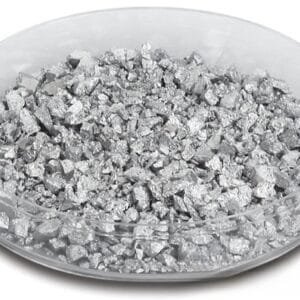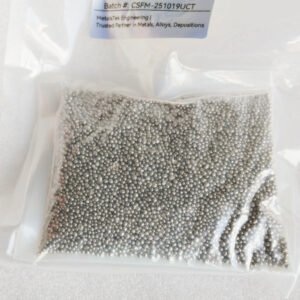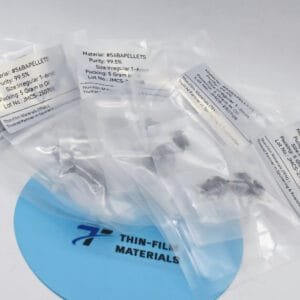Zinc Tin Evaporation Materials Overview
Our zinc tin evaporation materials at Thin-Film Mat Engineering (TFM) are crafted from a precise alloy of zinc (Zn) and tin (Sn). These high-purity materials, boasting up to 99.9995% purity, are integral to achieving superior quality in deposition processes. At TFM, we adhere to stringent quality assurance protocols to ensure that our products consistently meet the highest standards of reliability and performance.
Applications of Zinc Tin Evaporation Materials
Zinc tin evaporation materials serve various critical functions in the following areas:
- Deposition Processes: Essential for semiconductor deposition, chemical vapor deposition (CVD), and physical vapor deposition (PVD), these materials help in forming high-quality thin films.
- Optics: Utilized for applications such as wear protection, decorative coatings, and advanced displays, where durability and clarity are crucial.
Packaging and Handling
Our zinc tin evaporation materials are meticulously tagged and labeled for clear identification and quality control. We prioritize careful packaging to prevent damage during storage and transit, ensuring that the materials arrive in optimal condition.
Custom Solutions and Inquiries
Thin-Film Mat Engineering (TFM) offers zinc tin evaporation materials in various forms, including tablets, granules, rods, and wires. Custom shapes and quantities can be requested to meet specific needs. Additionally, we provide a range of related products such as evaporation sources, boats, filaments, crucibles, heaters, and e-beam crucible liners. For current pricing or to request materials not listed, please contact us for more information.


 MSDS File
MSDS File



Reviews
There are no reviews yet.